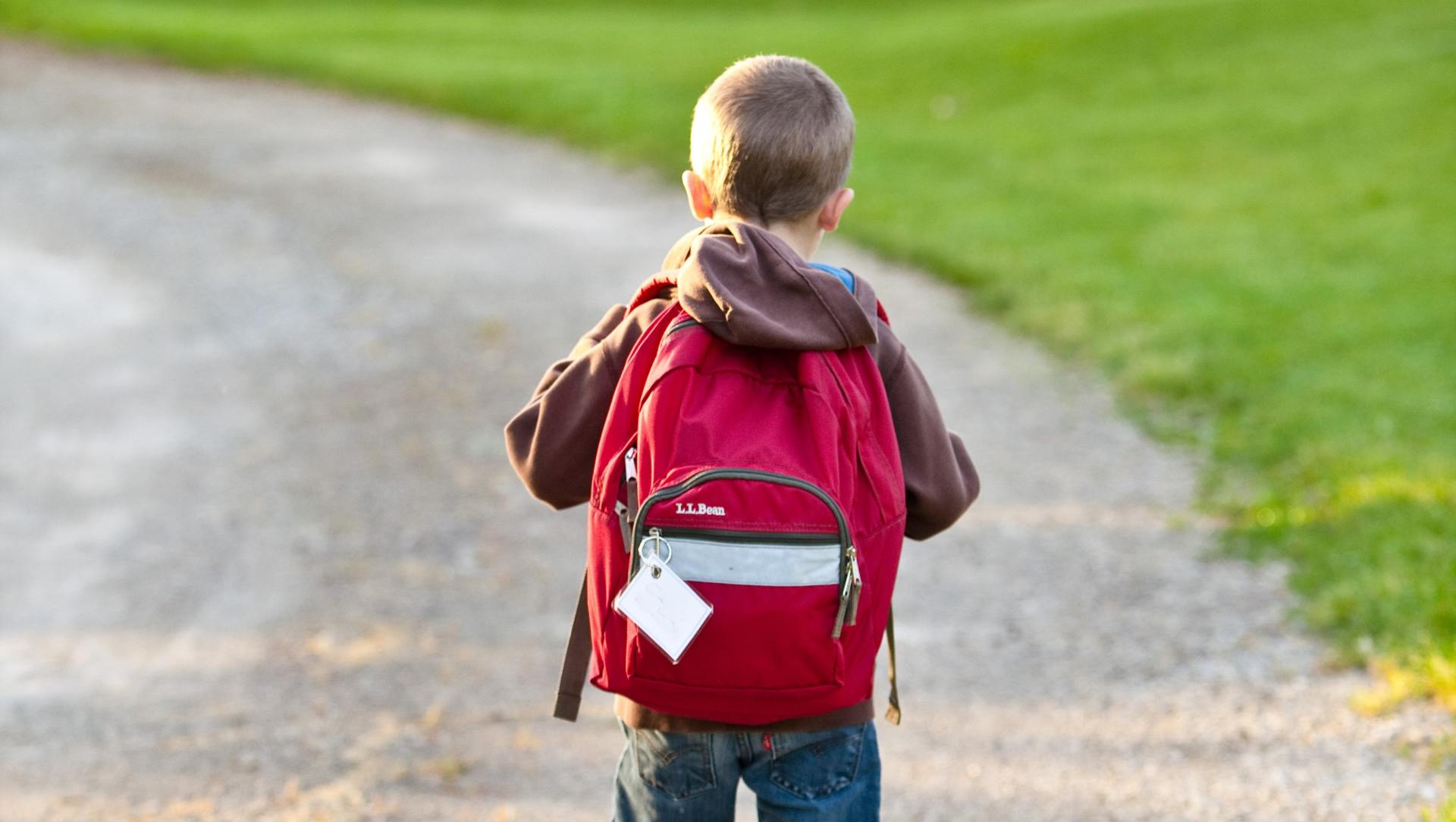the good doctor on: Your Child's First Eye Exam

Blog #15, When
should my child have their first eye exam?
In the past six months I have had the pleasure of attending continuing education in person and on-line with the University of Waterloo , with most of the lectures on the topic of pediatrics, specifically amblyopia. The word amblyopia is a comes from the greek word “ambly” which means dull, and it is sometimes called “lazy eye”. It occurs early on in child development, usually in the first seven years. It can be hard to detect because it usually does not affect the function of the less lazy eye, so the child will appear to see perfectly fine.
Young children are busy developing pathways from their eyes to the corresponding parts of the brain, this does not happen with a “lazy” eye. The visual cortex remains undeveloped for that eye. As a parent you may notice that one eye will not line up with the other. If this is happening, get them in right away. Caught early this deficit can be restored, the earlier the intervention, the better the result.
The child should be seen as soon as possible. The Canadian Association of Optometrists recommends an eye exam at 6 months of age. If your child is past this magic age, do not despair; get them seen as soon as possible. Fortunately, we in Ontario have OHIP-covered eye exams for children that are 19 years of age and under. Unfortunately, amblyopia goes often undetected and untreated which is unnecessary. Over my years of practice I have seen far too many cases of untreated amblyopia.
You are probably asking yourself, how can you examine a 6 month old’s vision? There is no doubt that you cannot get as much information at this point as you would with a 2 year old, but it is a great age to screen for future problems. Early treatment saves much headache. The current system of well-child visits that is recommended by your pediatrician has a check list that is very thorough but does not include vision testing, which it should. As a result, a child can go through all scheduled well-child visits and never have their vision specifically addressed. This can happen right through all their preschool years. With amblyopia , early detection and treatment are critical.
By seeing your child at 6 months, we can pick up amblyopia and we can detect other eye health conditions. Then we can follow your child along as they develop, grow and change. It is the best way to ensure that your child has excellent vision.
Til next week,
The Good Doctor, Dr. Mark Germain, Burlington Optometrist






